Refine search
Actions for selected content:
3386667 results

Judging under Constraint
- The Politics of Deference by International Courts
- Coming soon
-
- Expected online publication date:
- October 2025
- Print publication:
- 31 October 2025
-
- Book
- Export citation
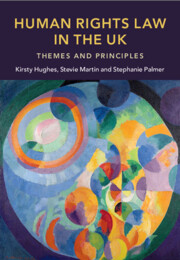
Human Rights Law in the UK
- Themes and Principles
- Coming soon
-
- Expected online publication date:
- October 2025
- Print publication:
- 30 October 2025
-
- Textbook
- Export citation

States of Transition
- From Governing the Environment to Transforming Society
- Coming soon
-
- Expected online publication date:
- October 2025
- Print publication:
- 31 October 2025
-
- Book
- Export citation

Governance of a Party-state
- Corruption, Law, and the Modus Operandi of the Chinese Communist Party
- Coming soon
-
- Expected online publication date:
- October 2025
- Print publication:
- 31 October 2025
-
- Book
- Export citation
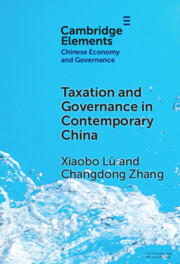
Taxation and Governance in Contemporary China
- Coming soon
-
- Expected online publication date:
- October 2025
- Print publication:
- 31 October 2025
-
- Element
- Export citation
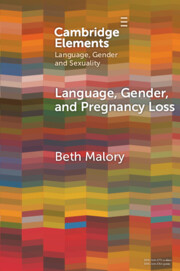
Language, Gender and Pregnancy Loss
- Coming soon
-
- Expected online publication date:
- October 2025
- Print publication:
- 30 November 2025
-
- Element
- Export citation
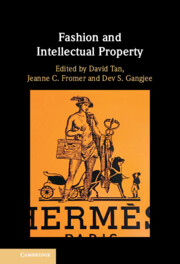
Fashion and Intellectual Property
- Coming soon
-
- Expected online publication date:
- October 2025
- Print publication:
- 31 October 2025
-
- Book
- Export citation
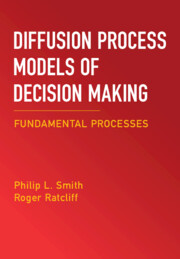
Diffusion Process Models of Decision Making
- Fundamental Processes
- Coming soon
-
- Expected online publication date:
- October 2025
- Print publication:
- 31 October 2025
-
- Book
- Export citation

Genes, Brains, Evolution and Language
- The Innateness Debate Continued
- Coming soon
-
- Expected online publication date:
- October 2025
- Print publication:
- 31 October 2025
-
- Book
- Export citation
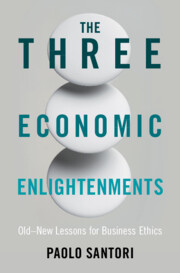
The Three Economic Enlightenments
- Old–New Lessons for Business Ethics
- Coming soon
-
- Expected online publication date:
- October 2025
- Print publication:
- 31 October 2025
-
- Book
- Export citation
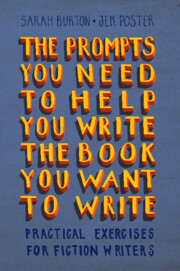
The Prompts You Need to Help You Write the Book You Want to Write
- Practical Exercises for Fiction Writers
- Coming soon
-
- Expected online publication date:
- October 2025
- Print publication:
- 06 November 2025
-
- Book
- Export citation

Vietnam's Coal Frontier
- Mining, Environment, and Empire
- Coming soon
-
- Expected online publication date:
- October 2025
- Print publication:
- 31 October 2025
-
- Book
- Export citation
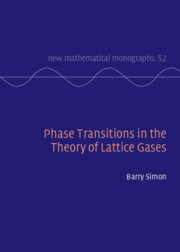
Phase Transitions in the Theory of Lattice Gases
- Coming soon
-
- Expected online publication date:
- October 2025
- Print publication:
- 31 October 2025
-
- Book
- Export citation
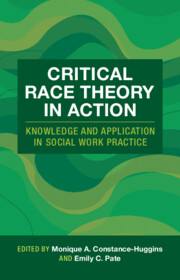
Critical Race Theory in Action
- Knowledge and Application in Social Work Practice
- Coming soon
-
- Expected online publication date:
- October 2025
- Print publication:
- 31 October 2025
-
- Book
- Export citation

African Literature in Transition
- The Archive of African Literature, 1800–2000
- Coming soon
-
- Expected online publication date:
- October 2025
- Print publication:
- 31 October 2025
-
- Book
- Export citation
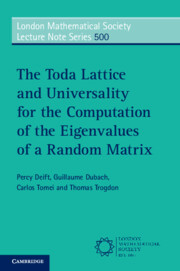
The Toda Lattice and Universality for the Computation of the Eigenvalues of a Random Matrix
- Coming soon
-
- Expected online publication date:
- October 2025
- Print publication:
- 31 October 2025
-
- Book
- Export citation

Carolinian Crucible
- Reforging Class, Family, and Nation in Confederate South Carolina
- Coming soon
-
- Expected online publication date:
- October 2025
- Print publication:
- 31 October 2025
-
- Book
- Export citation

Debussy Studies 2
- Coming soon
-
- Expected online publication date:
- October 2025
- Print publication:
- 31 October 2025
-
- Book
- Export citation

Politics and the Economy
- Coming soon
-
- Expected online publication date:
- October 2025
- Print publication:
- 31 October 2025
-
- Element
- Export citation

Plato on Comedy and Tragedy
- The Role of Drama in the Pursuit of Happiness
- Coming soon
-
- Expected online publication date:
- October 2025
- Print publication:
- 31 October 2025
-
- Book
- Export citation
